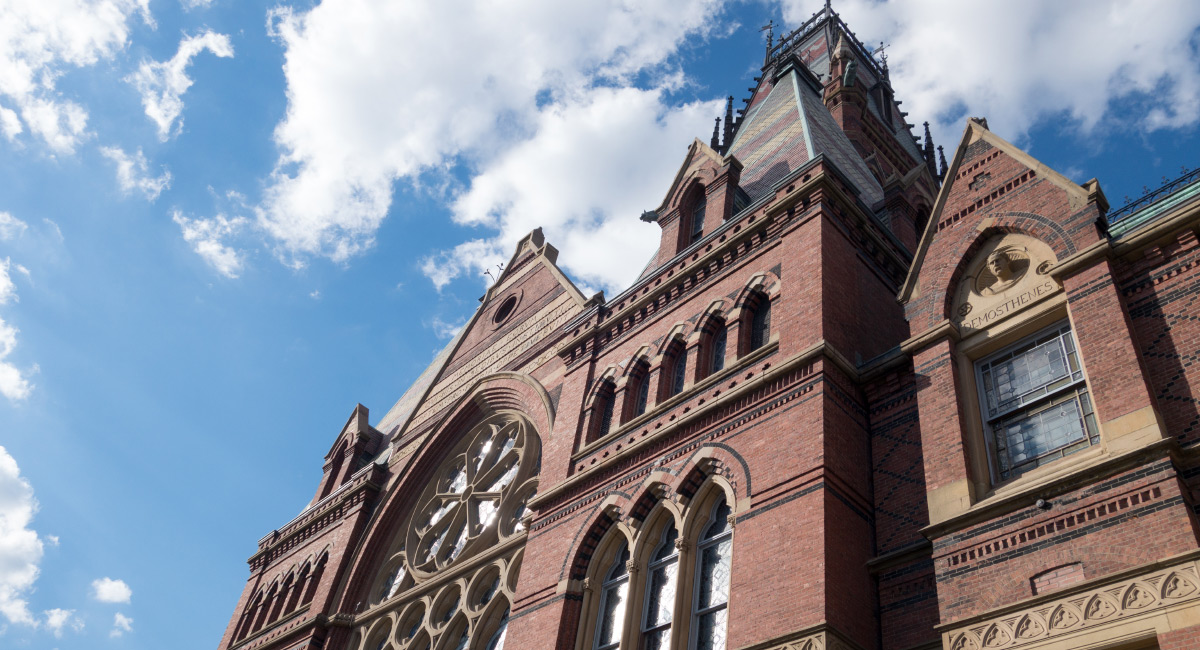Last March I wrote about the “flight to quality” in college admissions. While the pandemic perhaps has distorted and possibly accelerated some trends, recently released enrollment data from the National Student Clearinghouse on fall 2020 enrollments demonstrate that the flight to quality is growing—for many Americans, a college diploma is no longer enough—you need the right diploma, from the right school, in the right major.
In the prestigious Ivy League, applications for next fall’s entering class are booming. Applications for early decision admission at Harvard University were up an extraordinary 57% over last year according to a report Saturday in the Wall Street Journal, and other Ivies did nearly as well. For every Harvard applicant accepted early decision, more than 12 were rejected.
Going down the academic pecking order, fairly high ranked Miami University of Ohio (103 of 388 in the latest US News college rankings) has applications as of about three weeks ago running ahead of last year in all of its academic divisions, while mid-ranked traditional rival Ohio University (177 in the rankings) has had double digit percent declines in applications. Looking at the four-year period 2016 to 2020, Ohio Department of Higher Education data show that the three moderately high-ranked state schools (in the top 150 of the national universities that US News ranked) had a 3% enrollment gain, compared with a more than 12% decline for two median-ranked schools (151 to 225 on thelist), and a more than 14% decline for six low-ranked schools (below 225). The flight to quality is proceeding apace in Ohio.
Looking at the National Student Clearinghouse Research Center data, from 2017 to 2020, total enrollments were down slightly more than one million (more than 5%). Most of the decline, however, is attributed to community colleges, down 800,000 students (more than 14%). Public four-year universities were down barely 1%—and private not-for-profit schools actually increased enrollment modestly. Also, graduate enrollments, for advanced and professional degrees, were up. Students are shunning schools whose students get mediocre-paying jobs for the elite private schools, “public ivies” and for schools where they can obtain higher-paying professional degrees.
The big untold (by others) story is the big enrollment declines in American colleges are mostly among male students. While the three-year enrollment decline among women is about 216,000, it is 807,000 among men. Male enrollments, already smaller to begin with, are down 10% form 2017 to 2020, while female enrollments are down 2%. I suspect this is partly because of the disdain many colleges show towards male students today relative to what they show towards women, but I will defer further discussion of that until another day.
The vocational orientation of student interest is confirmed by looking at some Clearinghouse data by major field of study. In the last couple of years, for example, the number majoring in English literature or language had a fairly sharp decline, about 12%, dramatically more than in relatively higher-paying fields like business administration or engineering.
There are pronounced regional variations. Enrollments actually rose between 2018 and 2020 in eight states: Arizona, Georgia, Idaho, Kentucky, Nebraska, New Hampshire, Utah and Virginia, but fell more than 10% in Alaska, Michigan, New Mexico, and Oregon. There are some quirky things the aggregate data do not show: for example, I suspect New Hampshire’s rising enrollment is mainly (maybe entirely) a consequence of expanding national online enrollments at the highly entrepreneurial University of Southern New Hampshire.
A few things from all this strike me as we contemplate national higher education policy. First, the striking regional variations suggest that a one-size-fits-all national policy may not be appropriate. University problems may be quite different in Michigan from those in Arizona, suggesting over-centralizing policy at the U.S. Department of Education is probably a bad idea. Second, a lot of the talk about “free college” speaks of giving away education at community colleges—yet they are the colleges that American students are shunning the most. Why? Census data suggest an answer: median earnings of adult male graduates of community colleges in 2019 were $51,250, compared with $69,515 for bachelor degree holders, and $88,286 for holders of master’s degrees. The differential is even larger percentage-wise for females.













